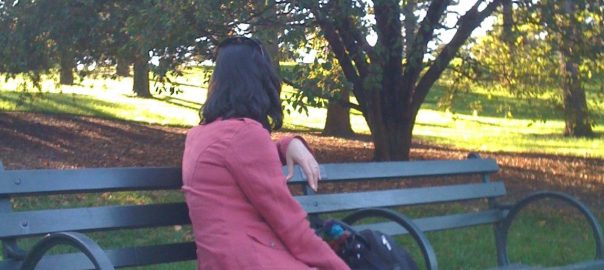10 July 2022
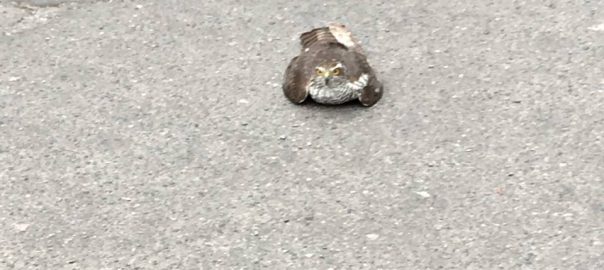
I wasn’t in a good shape when I broke the sparrowhawk’s wings. A gray sky over Berlin, a cold eastern wind. An early March day that never had properly lighted up and already started to sink back into dawn. No rain, no snow, but this dry and uncomfortable wind. I...
0 Comment(s)Join our Conversation
29 June 2022
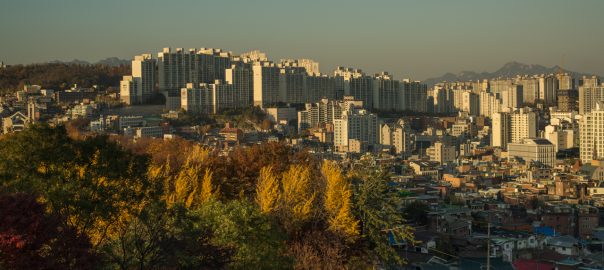
In the most densely populated city in the developed world, people walk to work through a forest instead of driving in traffic. They take vacations on the metro, family picnics on the edge of a cliff, and routinely walk from their doorstep into a vast urban national park called Bukhansan....
0 Comment(s)Join our Conversation
20 June 2022
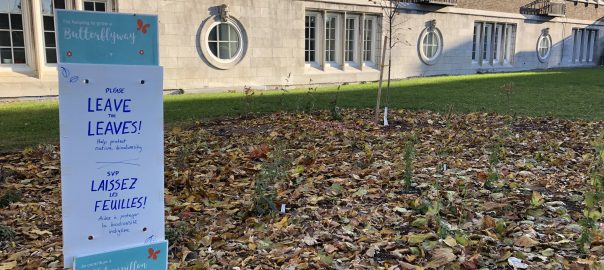
Reconsidering leaf blowers Calls for the ban of leaf blowers in urban centers are on the rise, including community group initiatives, municipal bans, opinion pieces, and proposed state/provincial and national-level legislation. The reasons include noise pollution, particulates, and other conventional pollutants, greenhouse gas emissions, and ecological disruption. Understanding the interconnected...
2 Comment(s)Join our Conversation
13 June 2022
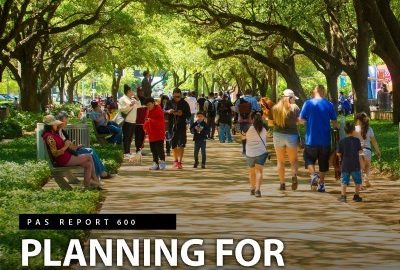
Cities everywhere are getting hotter. Globally, every year from 2013 to 2021 ranked among the 10 hottest on record due to climate change. Urban areas are generally warming at a faster rate than rural or natural areas due to the urban heat island (UHI), a phenomenon whereby the built environment...
1 Comment(s)Join our Conversation
6 June 2022
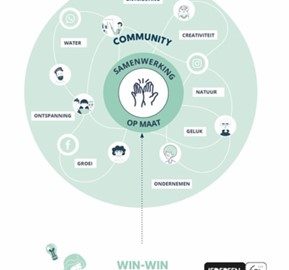
More than half of the world’s population lives and works in diverse, bustling cities. And perhaps, if you are reading this blog, you have a desire to make these places we call home greener—it can be done with nature-based solutions! Quite often city-makers who want to implement nature-based solutions run...
0 Comment(s)Join our Conversation
30 May 2022
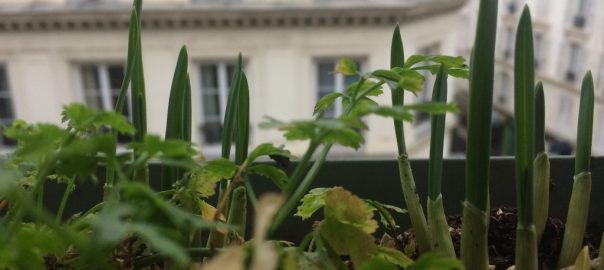
Like seeds planted in my brain The first time I ever heard about permaculture was in 2016. I discovered this life philosophy in the French documentaries “The World of Tomorrow” (by Cyril Dion and Mélanie Laurent), and then in “A Quest for Meaning” (by Nathanaël Coste and Marc de la...
1 Comment(s)Join our Conversation
23 May 2022
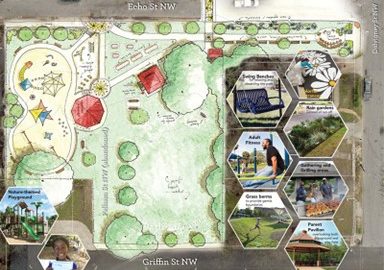
Dr. Ian Mell from the University of Manchester recently published an article in Frontiers in Sustainable Cities on the role of green infrastructure in cities as a tool for economic and ecological “regeneration”. Dr. Mell’s article is one of a series of articles in both the peer-reviewed and popular literature...
0 Comment(s)Join our Conversation
18 May 2022
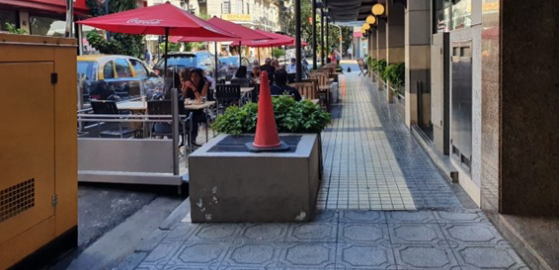
Urban public space has been a subject of rethinking for decades regarding its role as a catalyst for revitalization and as a promoter of social interaction. Thus, most cities have experienced substantial improvements which positioned them in a better ranking of liveable cities, since the type and quality of urban...
1 Comment(s)Join our Conversation
1 May 2022
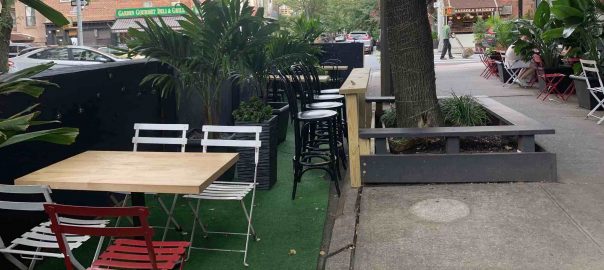
The COVID-19 pandemic is slowly receding and, while it still is a fatally serious problem in some places, it is possible to imagine it at least receding into an endemic disease. It is perhaps, therefore, a good time to reflect on what COVID-19 has meant and will mean for urban...
0 Comment(s)Join our Conversation
21 April 2022
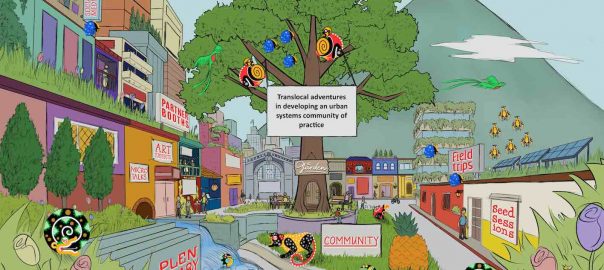
UrbanA, ECOLISE, and Communities for Future joined forces to lead an experimental seed session on the first day of the amazing The Nature of Cities Festival (with online discussions on the #TNOCFestival hashtag). About 25 people turned up from different corners of the planet, on Monday 22nd of February 2021,...
1 Comment(s)Join our Conversation
14 April 2022

So, what happens when a city reaches the top ranks? Have you ever noticed the kind of media attention the city gets? City rankings are indeed very popular and attract a lot of media attention across the globe. Each year, there are more than 40 city indices published globally. In...
2 Comment(s)Join our Conversation
4 April 2022
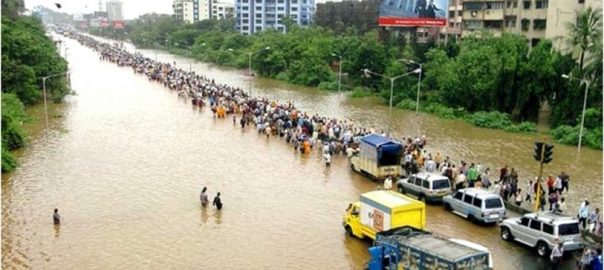
Acknowledging local conditions and ensuring adherence across agencies and citizens will ensure achievements of its goals. With over 140 km of coastline and 480 sq.km land area, Mumbai is one of the most vulnerable cities to climate change induced hazards such as sea-level rise, storm surge, and urban flooding amongst...
0 Comment(s)Join our Conversation
21 March 2022
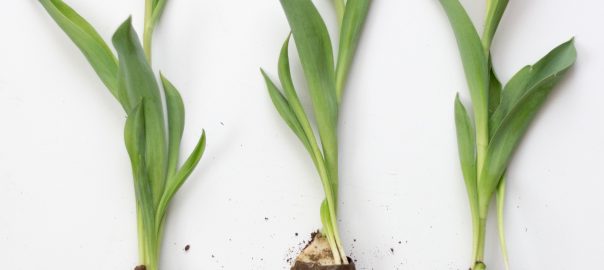
4 Comment(s)
Join our Conversation
21 March 2022
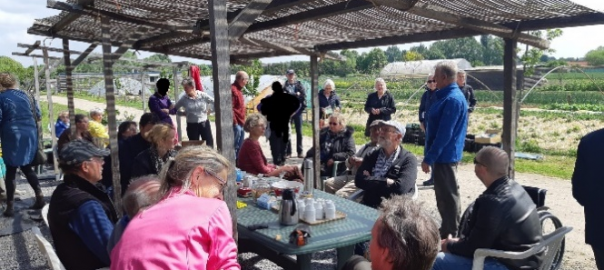
Nature and greenery are good for you; we all know that by now. But is it also possible to improve your health by actively seeking out greenery or by getting involved in greenery yourself? That is, can you improve your health simply by taking an action? This is something Wageningen...
0 Comment(s)Join our Conversation
2 March 2022
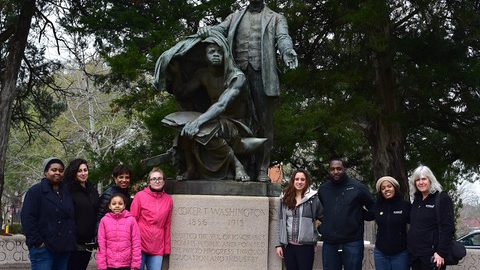
This article is a statement of gratitude for experiences that have moved me toward antiracist environmental education. The last 20 years of my life have been a story of reckoning and awakening to pervasive racism and its effect on the environmental field. I was never taught the history of enslavement,...
1 Comment(s)Join our Conversation
25 February 2022

In November 2021, New Yorkers overwhelmingly voted to add an environmental amendment to their state constitution. Section 19, which provides that “Each person shall have a right to clean air and water, and a healthful environment,” is now part of the New York Bill of Rights (the part of New...
4 Comment(s)Join our Conversation
11 February 2022
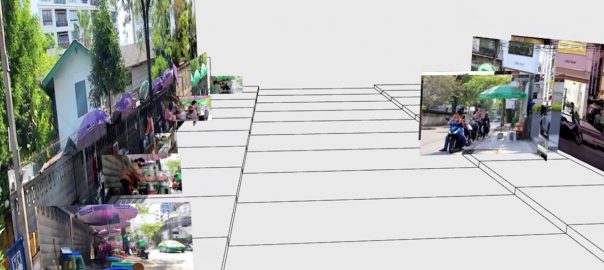
Sois, or lanes, are the capillaries of Bangkok, Thailand. Like rectangular blocks in New York City, or piazzas in Rome, they constitute the architecture or the DNA of the city. For anthropologist Erik Cohen, a Bangkok soi constitutes an overlooked “semi-autonomous ecological sub-system” which comprise the “interstitial hinterland” between the...
0 Comment(s)Join our Conversation
20 January 2022
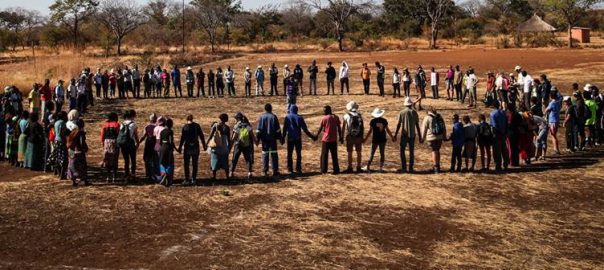
When we read unexpected and remarkable things, we smile, even laugh out loud, and think: yes, this makes sense; and I didn’t think of it before now. In this spirit, let us celebrate some of the highlights from TNOC writing in 2021. These contributions from around the world were some combination...
0 Comment(s)Join our Conversation
18 January 2022
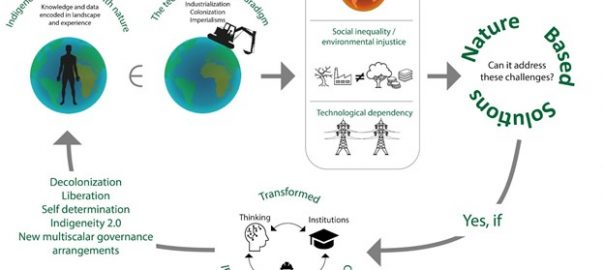
Governments and communities around the world are embracing Nature-based Solutions (NbS) as a major climate adaptation strategy. Building off of pre-existing approaches to integrating ecological and built systems, NbS attempt to meet a wide array of social goals including improving urban quality of life, supporting transit and recreation, and mitigating...
2 Comment(s)Join our Conversation
2 January 2022
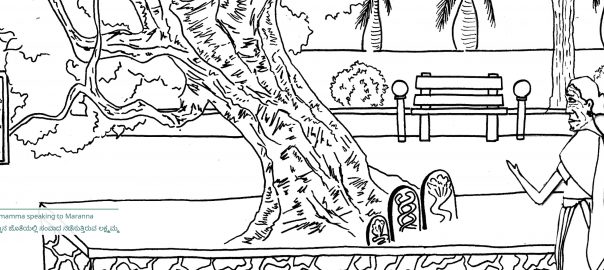
“Lakshmamma thought sadly of her grandchildren, growing up in the city, in a crowded slum with no thope to run around in or trees to climb.” This excerpt, from our bilingual book “Where have all our gunda thopes gone?”, is a story of loss and hope—loss of nature as a...
0 Comment(s)Join our Conversation

